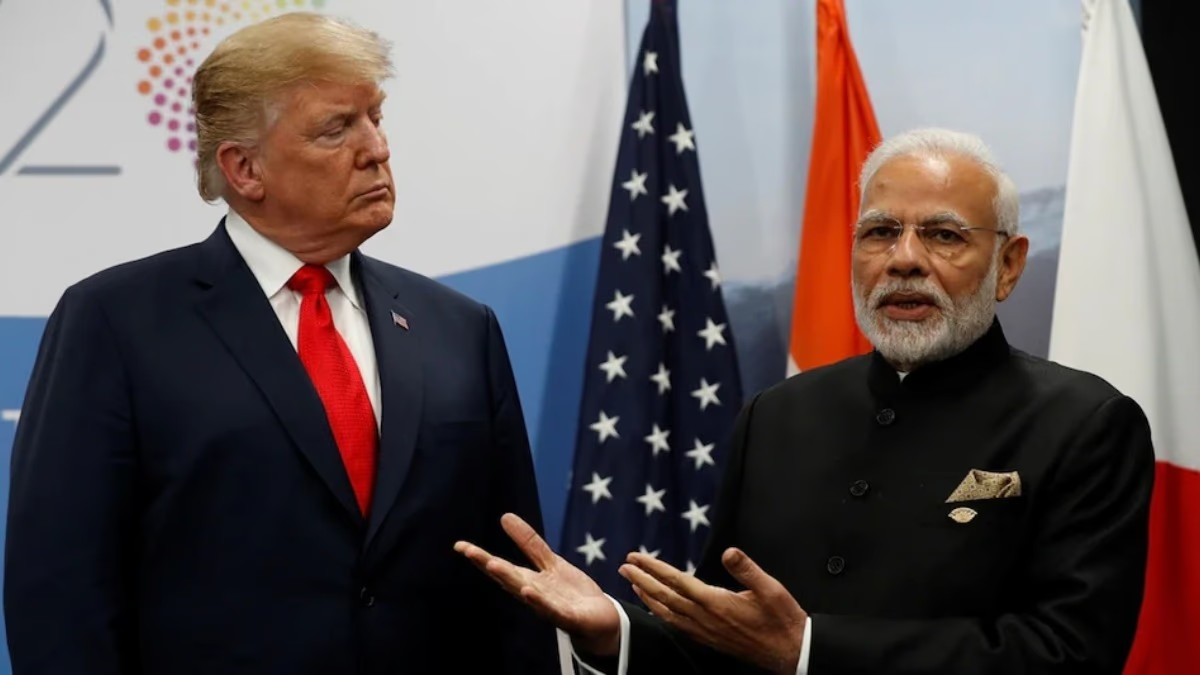On Thursday, U.S. President Donald Trump made a bold statement, asserting that India offered to apply 'Zero' tariffs on several U.S. products. Further, he conveyed to Apple's CEO Tim Cook that he doesn't want Apple production in India since the country already offers a 'Zero Tariff' deal, making production location inconsequential.
Shortly after Trump's declaration, India's Foreign Minister S. Jaishankar clarified, "Ongoing trade discussions between India and the U.S. are intricate, and nothing is final until fully resolved. Any trade agreement should be mutually beneficial and advantageous for both nations. Currently, the discussions are in progress, and any hasty decisions are unwarranted."
Such statements have sparked talks about the potential implications of implementing Zero Tariff — would it mean the end of all import-export taxes, or are there nuances? Let's delve into the mathematics of Zero Tariff...
Understanding Zero Tariff:
Zero Tariff signifies an absence of customs duty or taxes on import-export transactions between countries. If a 'Zero Tariff' deal is executed between India and the United States, it indicates no additional tariffs will apply, although the average tariff stands unaffected.
Will All India-U.S. Taxes Drop to Zero?
Even if the '0 Tariff' rule is enacted, comprehensive coverage seems unlikely as the discussions center around specific goods like steel, auto parts, and pharmaceuticals. Not every product will experience 'Zero Tariff,' as reciprocal systems between the two countries would apply to select commodities only.
Current Discussions Between the Countries:
Negotiations related to tariffs between India and the U.S. are in progress, with hopes of reaching a quick conclusion. Some reports suggest India may reduce tariffs on certain goods, particularly focusing on sectors like steel, auto parts, and pharmaceuticals.
Presents Tariffs Between the U.S. and India:
Previously, on April 2, Trump announced a 26% tariff on India, which was later delayed for 90 days. The U.S. claims India's average tariff on U.S. goods is 52%, while America imposes an average tariff of 2.2% on imports from India. In comparison, India's average tariff on American products remains at 10%.




